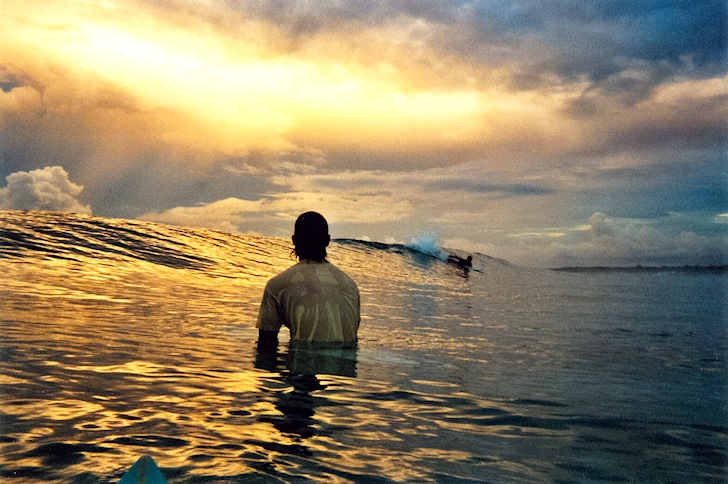Surfers save lives. When wave riders are out in the line-up, anything can happen. No matter if it's summer, spring, winter, or fall.
Rip currents are responsible for 80 percent of all rescues in the surf environment and take away about 150 lives every year in the United States. Strong rip currents can move people at eight feet per second.
The surf lifesaving movement is deeply connected to the sport of surfing.
The original surf lifesaving club was born in Australia between 1903 and 1907, although it is not clear which came first: Bronte Surf Lifesaving Club or Bondi Surf Bathers' Life Saving Club.
Today, there are thousands of surf lifesaving clubs in Australia, the United States, and Europe. Volunteers perform thousands of rescues every year in calm summer waters or rough sea conditions.
The correlation between surf lifesaving and surfing is obvious. In the majority of cases, lifeguards are also regular surfers.
Surfers have inherent responsibilities when beachgoers are in danger.
What should a surfer do to save someone in distress? What can they do to spot potential drowning events?
Surf Lifesaving Tips
Today, there are multiple lifesaving courses specifically designed for surfers, but if you still haven't attended official rescue lessons, here's a quick lifesaving guide:
- Analyze the Victim: Is he/she drowning? Can the victim swim? Has he/she suffered cuts or fractures? Is the victim bleeding?;
- Establish Communication: Let the person know you're on the way;
- Paddle Safely Toward the Victim: Assess how you'll get there, and don't put your own life in danger;
- Talk Confidently: Victims are scared and impatient. Use short, informative sentences;
- Flip the Surfboard: Grab the victim's hands with your own, securing them against the surfboard rail;
- Turn the Board Toward the Shore;
- Flip the Board Once Again: The victim will be onboard;
- Turn the Victim and center him/her on the surfboard;
- Paddle Toward the Shore, managing your energy levels;
- Keep Communication Until Reaching the Shore: Calm the person by reassuring her/him everything will be okay;
Surf lifesavers and lifeguards are trained to rescue stranded swimmers. If you're an untrained recreational surfer, make sure you're not disturbing their skilled procedures.
A surfer should only be asked to save a life if, for any reason, there are no surf lifesavers in the area.
